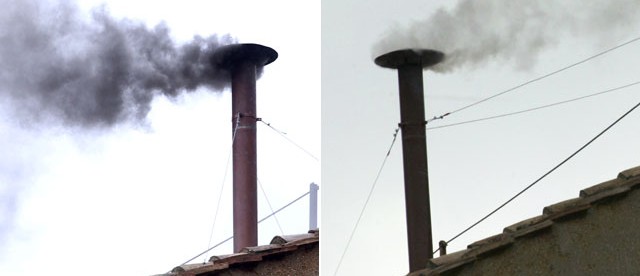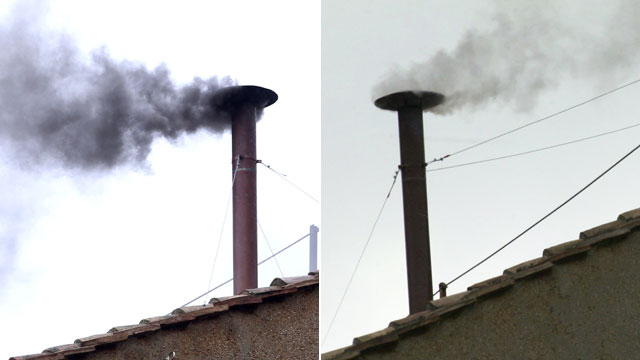How to Become Pope Without Even Trying


But in the year 1334, there weren’t 199 voters. There were only sixteen members of the College of Cardinals.
On December 20th of that year, the sixteen of them met to elect a new pope. A French cardinal named Jacques Fournier seemed like a safe choice for those who wanted to see which way others were leaning — as the New Advent Catholic Encyclopedia states, Fournier was “lightly regarded because of his obscure origin and lack of wealth and following” and had little chance of securing election. Unfortunately, the “Fournier is a throw-away vote” wisdom proved widespread and, ultimately, wrong. At least eleven of the voters put down Fournier’s name, unintentionally electing him to the papacy. And the rules were inflexible — the are no do-overs when selecting a new Pope. A month later, Fournier was installed as Pope Benedict XII.
Despite the cloud around the election, the papacy of Benedict XII was not a disaster. Wikipedia calls him a “reforming pope” who worked toward peaceful relations with some of the Church’s adversaries, and the New Advent Encyclopedia entry linked above called him “one of the few men of real merit in the college.” He spent most of his eight-plus years a Pope focusing on theology and died in 1342. His successor, Pope Clement VI, was not elected accidentally.
 Bonus Fact: To announce whether the papal conclave has reached a decision, the College of Cardinals burns the ballots and releases the smoke from out the smokestack, as seen above. The color of the smoke — black for no, white for yes, as seen above — tells the story. The white smoke/black smoke indicator has been used by the College of Cardinals for about a century, but it hasn’t always been foolproof. In 1958, for example, the smoke came out white during an early vote, triggering loud applause and reports that a decision had been reached — only to turn black as more smoke came out of the stack.Over the years, the Vatican has developed new ways to cut down on the ambiguity. In 2013, per Mental Floss, the Church described the process: a “smoke device” where “different colored-smoke generating compounds can be mixed.” The black smoke is made from “potassium perchlorate (an inorganic salt commonly used as an oxidizer in colored fireworks and other pyrotechnics), anthracene (a hyrocarbon component of coal tar) and sulfur.” The white is made of “potassium chlorate (a similar compound to potassium perchlorate, used in fireworks and smoke bombs), lactose (the sugar found in cow’s milk) and rosin (a conifer resin).”
Bonus Fact: To announce whether the papal conclave has reached a decision, the College of Cardinals burns the ballots and releases the smoke from out the smokestack, as seen above. The color of the smoke — black for no, white for yes, as seen above — tells the story. The white smoke/black smoke indicator has been used by the College of Cardinals for about a century, but it hasn’t always been foolproof. In 1958, for example, the smoke came out white during an early vote, triggering loud applause and reports that a decision had been reached — only to turn black as more smoke came out of the stack.Over the years, the Vatican has developed new ways to cut down on the ambiguity. In 2013, per Mental Floss, the Church described the process: a “smoke device” where “different colored-smoke generating compounds can be mixed.” The black smoke is made from “potassium perchlorate (an inorganic salt commonly used as an oxidizer in colored fireworks and other pyrotechnics), anthracene (a hyrocarbon component of coal tar) and sulfur.” The white is made of “potassium chlorate (a similar compound to potassium perchlorate, used in fireworks and smoke bombs), lactose (the sugar found in cow’s milk) and rosin (a conifer resin).”
Take the Quiz: Pope or Nope? Is the name given the name of a pope?
From the Archives: Mozart versus the Pope: When the church got mad at Mozart.
Related: “The Vatican: Secrets and Treasures of the Holy City” by Michael Collins. 4.8 stars on 33 reviews.
